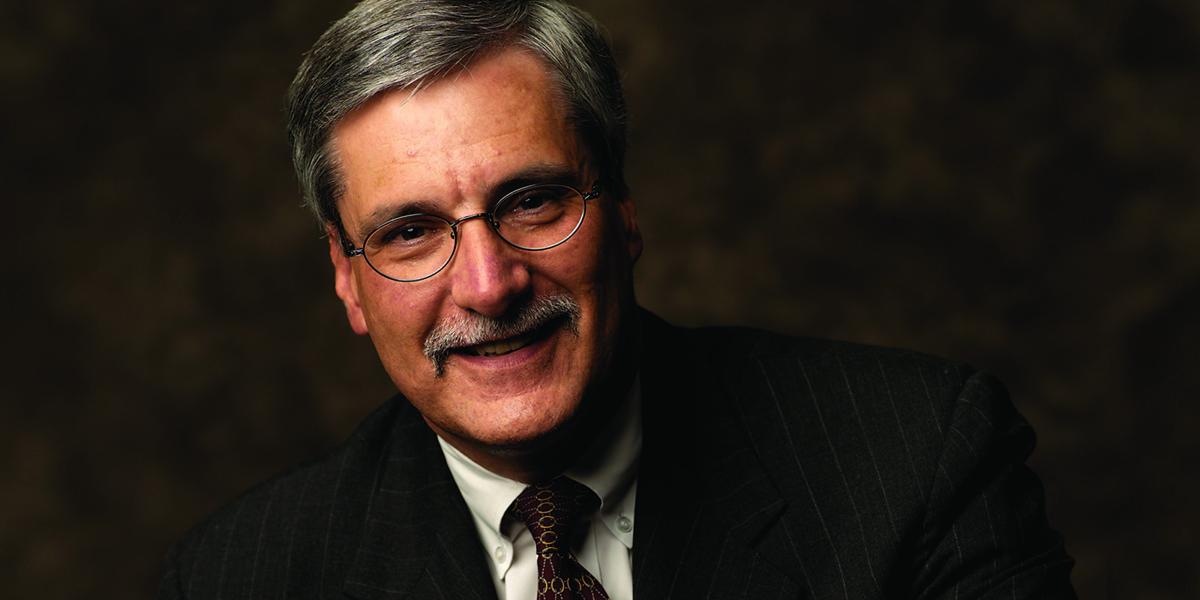Open Mike: The Power of Public Health
The power of public health dawned on me in Syracuse, New York.
It was the early 1980s, and I was a young internist in the U.S. Public Health Service. As a full-time practitioner in an underserved community, I regularly saw three and four generations of the same family. The oldest often had end-stage congestive heart failure, while their children were experiencing myocardial infarctions in their mid-40s. Their grandchildren were overweight, and had high levels of cholesterol and high blood pressure. From this intergenerational perspective, I realized that many chronic diseases are a failure of prevention 20 or 30 years earlier. If we could have reached them when they were younger, when there was still time...
That experience instilled in me the desire to do more than treat people when they're ill. The lesson of prevention—keep people from getting sick or injured in the first place—has guided my career as an internist, an epidemiologist, an academic researcher and now as the dean of the Johns Hopkins Bloomberg School of Public Health.
In just the last decade, it has been interesting to see the general population experience its own "public health moment" and recognize once again the primary importance of public health interventions. The lessons in recent years have been harsh: emerging infections, anthrax, the flu vaccine debacle and the obesity epidemic. These and many other factors have reinforced for the world at large the value of population-based strategies and prevention. This recognition makes it a great time to be in public health and, even more so, to be at the Bloomberg School.
As I take over as dean, I am awed by our students' enthusiasm and commitment, our staff's dedication and skills, our faculty's depth and accomplishments, and our alumni's reach and influence. Al Sommer's deanship leaves a legacy that will enrich generations of students, faculty and alumni to come. During his tenure, he made a strong institution even stronger: increasing the number of students and the support for them, greatly expanding our faculty, and building a new and beautiful space. The futuristic glass facades, the coffee bar, gym and reading rooms with their soaring atria would all have been unimaginable in 1984 when I first came to the School. Fortunately, the School is as welcoming today as when it was much smaller and all the walls were bare cinderblock. The sense of community that so impressed me two decades ago is still here.
So: Great students, great faculty and great facilities—what's a dean to do? My answer: I will strive to make it even better. Certainly all the academic and research components are in place, as is the strong tradition that my predecessors and I inherited from our first dean, William Henry Welch(who had his own special connection to Hopkins Medicine as its first dean). I like to say that Welch hardwired into the School's DNA its international scope, its research mission to improve the health of populations and its emphasis on teaching and mentorship. The details change, but these themes have been consistent throughout our history and give me a reassuring sense of direction as we move the School forward.
To meet the public health challenges of the future, we will have to collaborate in unprecedented ways—across departments, centers and institutions. In addition to the issues of global health, we will have to focus on health needs closer to home—the millions in this country who do not have access to health care. We also need to improve the health of the community surrounding our School. To tackle this very difficult issue, we need to partner with our colleagues in the Schools of Medicine and Nursing and in the Johns Hopkins Health System. I look forward to working with all of you—faculty, students, alumni, staff and friends of the School—to achieve these and other goals.
Finally, I would like to close with a hearty endorsement of my predecessor's parting words to the Bloomberg School: The best is yet to come.
